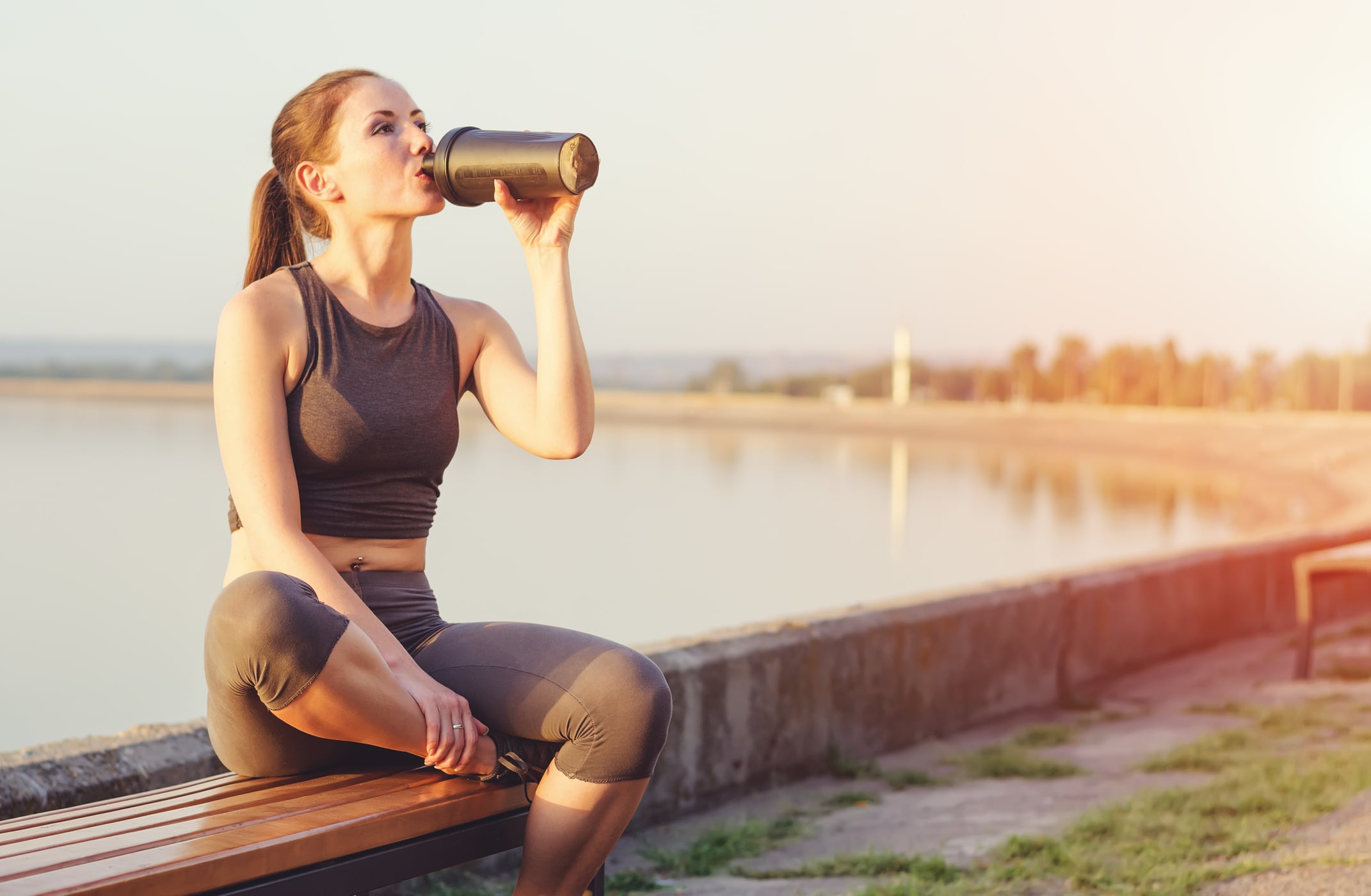The use of SS is credited to incentives for improved performance, to counteract nutritional deficiencies caused by intense physical demands, reduced recovery time, convenience, and to add a competitive advantage.
Although the consumption of SS is widespread specifically in triathletes, few studies into how they are used have been conducted thus far. Researchers at the University of Alicante, Spain, hypothesised that supplemental intake by triathletes is high in comparison to other sport disciplines due to the high physiological requirements.
They conducted a cross-sectional study involving a sample of 232 triathletes (aged 25-44, 165 men and 67 women) from triathlon federations and clubs throughout Spain.
From the total sample, 92.2% declared consuming SS, with 82.33% saying they consume SS to improve performance and 31.47% using SS to take care of health, and 64.22% of athletes consumed SS specifically during training and competitions.
The data also showed that consumption levels increased in correlation with competition level, with 91.6% of regional athletes, 92% of national, and 96.2% and international athletes saying they consume SS.
The most-consumed SS by athletes were bars, sports drinks, sports gels, and caffeine, which the authors note are all important for providing energy in the form of carbohydrates, preventing dehydration and hyponatremia during training or competitions, and for recovery.
No significant differences were found between men and women - 93.3% of men and 89.6% of women consumed SS.
Motivations for the consumption of SS, were: dietitian-nutritionist (D-N) advice (41.6%), coach advice (40.7%), teammate encouragement (23.8%), and physical trainer suggestion (16%).
When looking at where triathletes purchased from, the data indicated they were most likely to purchase online (60.6%), followed by specialised stores (45.9%).
This led the authors to note a potential issue with online purchasing: “The place where the athletes buy the SS could determine their correct usage. Athletes declared a greater purchase of SS through the Internet, followed by specialized stores and pharmacies. It should be noted that purchasing SS online can be problematic and risky, as the possibility of obtaining lower-quality or even illegal SS increases due to the possible lack of specific legislation in the country of origin.”
Scientific backing
The Australian Institute of Sport (AIS) divides SS into four categories based on the level of scientific evidence (A, B, C, and D).
Group A consists of SS that can be used in specific sports situations using evidence-based protocols. Group B products have some evidence but require further investigation and should be used with caution, group C products hold little or no evidence of benefit, and group D products include prohibited substances.
Most athletes in this study were consuming Group A SS, however the consumption of SS from Group C was 1.73 ± 0.25, double the amount of consumption of SS from Group B (which was 0.63 ± 0.5).
The authors note this should be considered when dealing with athletes in nutrition consultations, and it is also an interesting research topic in nutrition education programs.
However, the authors note that the high use of scientifically backed products, despite high reliance on internet, is likely thanks to these athletes gaining advice from a nutrition expert: “A large part of the athletes obtained advice from D-Ns, which would explain why most of the SS consumed by athletes were part of Group A as well as the differences in SS consumption at different competitive levels.”
Athletic discipline
Discussing how consumption of SS in this group of athletes compares to others, the authors say the total SS consumption value of 92.2% is very similar to the results in endurance athletes such as mountain runners (93.84%), although it was higher than open-water swimmers (79.5%) and in other sports such as fencing, sailing, or tennis, where a lower prevalence of supplement consumption was described (46.9, 52.4, and 61.4, respectively).
The report notes: “These differences may be due to the different physiological requirements between sports and to the different feeding opportunities in training and competitions, as in the case of open-water swimming, in which opportunities are determined by the distribution of the test. Both trail running and triathlon are highly demanding sports in terms of energy substrates and water and sodium requirements. Hence, both sports show a similar consumption of SS, especially when its objective is to cover energy requirements and replace the loss of water and electrolytes.”
Limitations
There were some limitations to the study, the authors state: “The consumption information was collected in a self-reported and retrospective manner based on the memory of the triathletes. This could lead to errors in the number and type of declared SS.
However, the habitual patterns of dietary and exercise links are noted by the authors. They state: “In general, athletes tend to worry about their diet and training, as their performance depends on it, and they are usually knowledgeable about their eating habits.
“This could make them better recall their food intake and SS as compared to the general population.”
Journal: Nutrients
Do Spanish Triathletes Consume Sports Supplements According to Scientific Evidence? An Analysis of the Consumption Pattern According to Sex and Level of Competition
https://www.mdpi.com/2072-6643/15/6/1330
Authors: Rubén Jiménez-Alfageme, José Miguel Martínez-Sanz, David Romero-García, Daniel Giménez-Monzo, Samuel Hernández Aparicio, Antonio Jesús Sanchez-Oliver and Isabel Sospedra.


